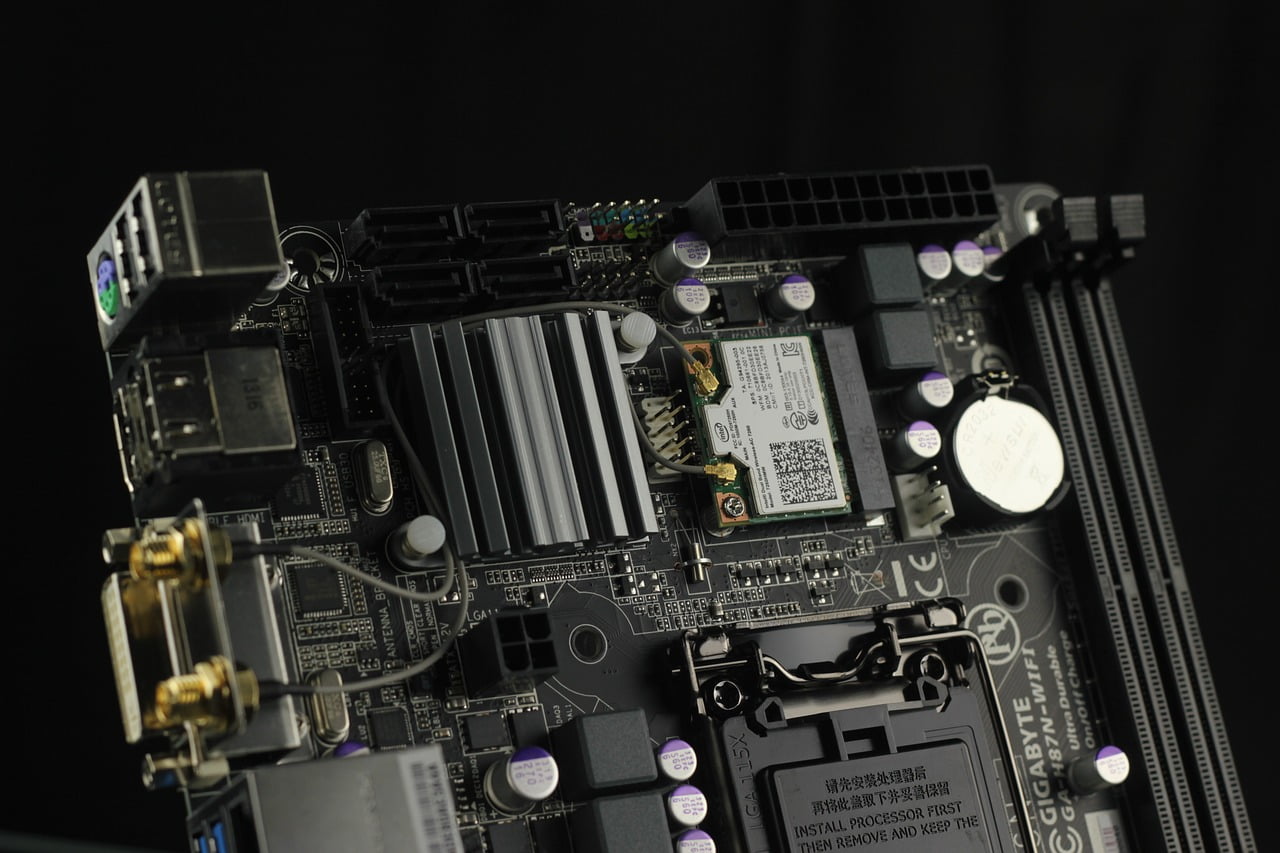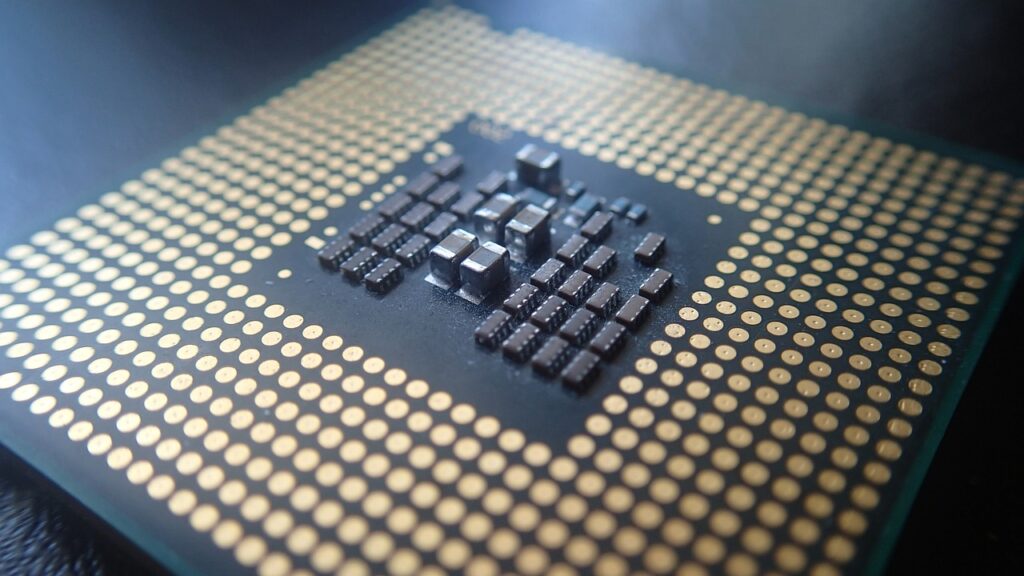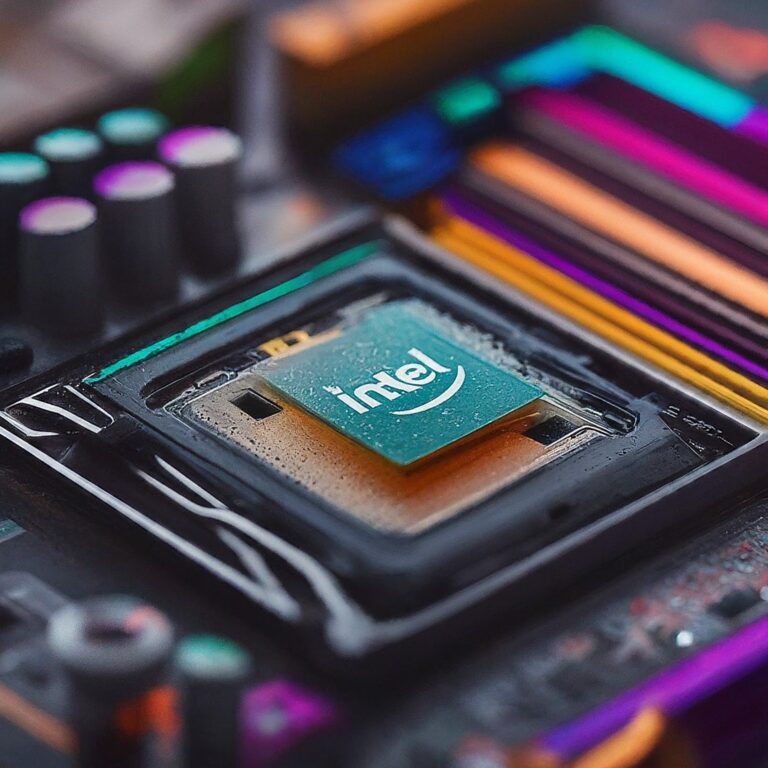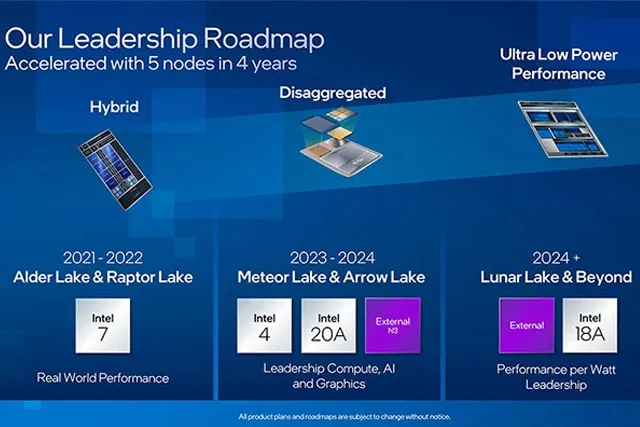
A Deep Dive into Intel 15th Gen Arrow Lake Processors
Gear up, tech enthusiasts! The reign of the 14th Gen Meteor Lake might be short-lived as whispers of its successor, the Intel 15th Gen Arrow Lake, intensify. This next-generation processor promises a significant leap in performance, potentially revolutionizing the PC landscape. But what exactly can we expect from Arrow Lake? Let’s unpack the rumors and dive into the potential specs that have PC builders buzzing.
A Quantum Leap in Manufacturing:
The most exciting buzz surrounds Arrow Lake’s potential use of Intel’s 20A process node, translating to a groundbreaking 2nm manufacturing process. Compared to the current 7nm process, this miniaturization could lead to a dramatic increase in transistor density. Imagine cramming more processing power into a smaller space – that’s the magic of a smaller process node. The result? Potential for significant performance improvements and better power efficiency.
Sharpening the Performance Edge:
While specifics remain under wraps, industry insiders anticipate a substantial performance boost for Arrow Lake. Here’s a breakdown of the potential gains:

- Core Configuration and Socket Compatibility: Don’t expect a core count explosion right off the bat. Rumors suggest the top chips will retain 8 P-cores (performance cores) and 16 E-cores (efficiency cores). However, a mid-2025 refresh could bring exciting developments with chips boasting up to 32 E-cores.
- New Core Architectures: Arrow Lake will sport brand new core architectures. The P-cores are expected to leverage the Lion Cove architecture, while the E-cores might utilize the Skymont architecture. This translates to potentially faster clock speeds and improved single-threaded performance for demanding tasks like video editing and 3D rendering.
- AI Powerhouse: Artificial intelligence is rapidly transforming various aspects of computing. Arrow Lake might come equipped with enhanced AI features, potentially accelerating tasks like content creation, image and video editing, and even gaming with features like AI-powered upscaling.
A Feast for the Eyes: Integrated Graphics on Steroids
Integrated graphics have come a long way, and Arrow Lake is poised to push them further. Rumors suggest Intel’s Xe-LPG Plus architecture might power the integrated graphics, offering a significant performance leap compared to the previous generation. This could be a game-changer for casual gamers and users who rely on integrated graphics for everyday tasks.
Memory Matters: Embracing DDR5
Arrow Lake is also expected to embrace the next generation of memory – DDR5. With its higher bandwidth compared to DDR4, DDR5 could potentially lead to smoother performance and faster data transfer speeds. This translates to a more responsive system, especially when handling large files or multitasking between demanding applications.

Here’s a twist: Rumors suggest that mandated DDR5 support might mean the end of DDR4 compatibility on Intel boards with Arrow Lake. Additionally, the new chips might require a new motherboard due to the rumored LGA 1851 socket with more pins than its predecessors (LGA 1700). However, there’s a silver lining – the physical size is expected to remain the same, potentially ensuring cooler compatibility.
The Future is Faster: DDR5-6400 and Beyond?
Adding fuel to the performance fire, rumors suggest support for blazing-fast memory speeds like DDR5-6400. This would further enhance data transfer rates and potentially boost overall system responsiveness.
A Farewell to Hyperthreading?
One significant change on the horizon is the potential removal of Intel’s long-standing Hyperthreading technology. This technology typically enables a single physical core to handle two threads simultaneously. Intel’s reasoning? Focusing power on the performance cores (P-cores) and delegating multithreading capabilities to the increased number of efficient cores (E-cores). While this is unconfirmed, it could signify a shift in how Intel approaches core utilization.
Arrow Lake Performance: A Promising Outlook
While concrete performance numbers are unavailable yet, the combination of a potentially smaller manufacturing process, core architecture revamp, and DDR5 support paints a promising picture for Arrow Lake’s overall performance. Early rumors from AnandTech forum suggest potential gains of 5% for single-threaded tasks and 15% for multi-threaded workloads. However, it’s important to remember that a new process node might lead to lower clock speeds compared to the current generation.
When Can We Expect Arrow Lake?
While official details are scarce, leaks suggest a late 2024 launch for Arrow Lake processors themselves. However, the widespread availability of laptops and desktops might extend into 2025.

Here’s a Pro Tip: Keep an eye on tech news websites and official announcements from Intel for the most up-to-date information.
The Takeaway: Is Arrow Lake Worth the Wait?
Based on the potential specs and rumored features, Arrow Lake looks like a compelling upgrade option for PC builders and enthusiasts. The potential for a smaller manufacturing process, significant performance gains, advanced features like AI integration, and faster memory support is exciting. However, the final verdict awaits real-world benchmarks and pricing details once the processors hit the market. Here’s a breakdown of some key considerations:
- Upgrade Path: The rumored requirement for a new motherboard with the LGA 1851 socket could be a hurdle for those looking to upgrade from a 12th, 13th, or 14th Gen Intel system.
- Hyperthreading Removal (unconfirmed): If the removal of Hyperthreading is confirmed, it’s important to understand how this might impact specific workloads that rely heavily on multithreading.
- Performance Gains vs. Potential Clock Speed Reduction: While the overall performance picture looks promising, the trade-off between a smaller process node and clock speeds needs to be considered.
FAQs
Stay Tuned!
The world of PC processors is constantly evolving, and Arrow Lake is shaping up to be a significant leap forward. As we inch closer to the official launch, keep an eye on tech news websites and official announcements from Intel for the most up-to-date information. By staying informed, you can make the best upgrade decision for your PC building needs.
Also Read: Unveiling the RTX 5090: Release Date, Price, and Breakthrough Specs





